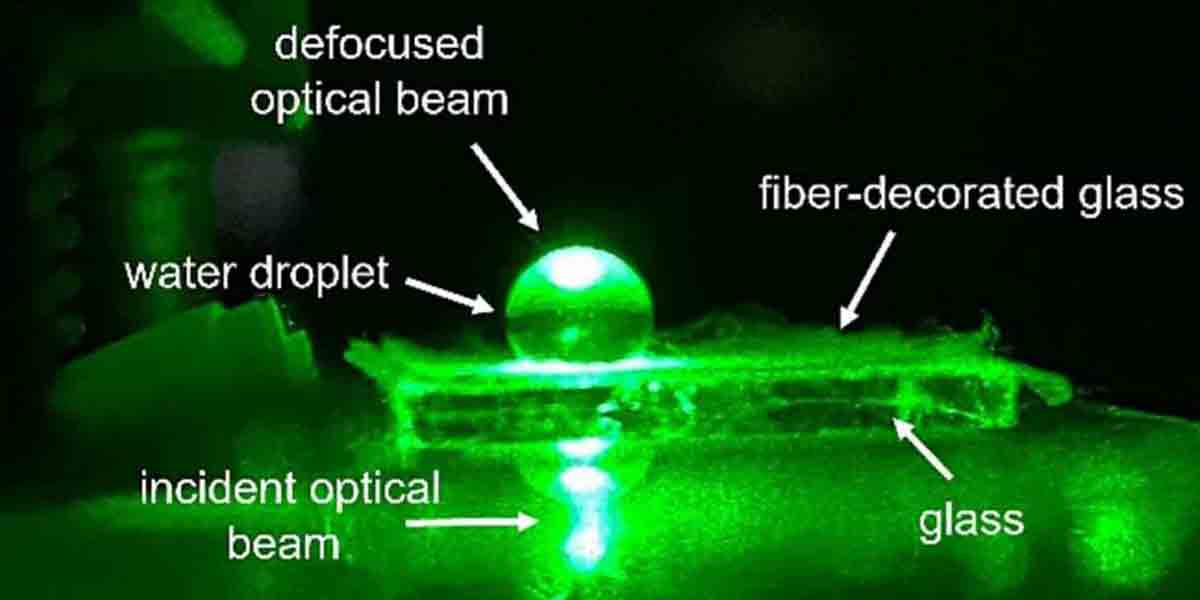
By Titus Villanueva
As much as I understand readers would enjoy an article about a runaway boy whose life turns around when he meets a beautiful young girl who can control the weather, that just isn’t my specialty.


In scale modeling weathering can either be one’s favorite step or one’s most tedious. It can be applied to most models from space marines to tanks to towering Imperial Knights. It’s important because one, it looks really cool, and two, it just doesn’t make sense to see a machine made for war charging into battle and coming out completely clean. Sure they look good on your shelf now, but seeing them on the tabletop, getting shot, battered, blasted and even hit with a sword before coming out completely clean is just awkward.



I’ll write a full tutorial sometime after this overview but here are a few techniques I’ve used on this Baneblade (which was still a work in progresss). I applied a sponge very lightly soaked in paint onto the corners where paint would normally chip off to expose the dark primer. The recesses would have absorbed some gunk from all the times the tank had been rained on so I thinned down some brown wash and let it seep into the recesses of the model as well as the rivets. Some of the darker parts showing some wear and tear were made by applying some weathering powder with an eyeshadow brush. I also took the liberty of drilling a few holes and filling them with wash before highlighting them with the powder and some silver paint.
The result is a nice weathered-looking tank that looks like it actually came from a battle. As for the real reason I do it… The more time I spend on a model, the less money I’ll have to spend buying more when I’ve got nothing to paint.























